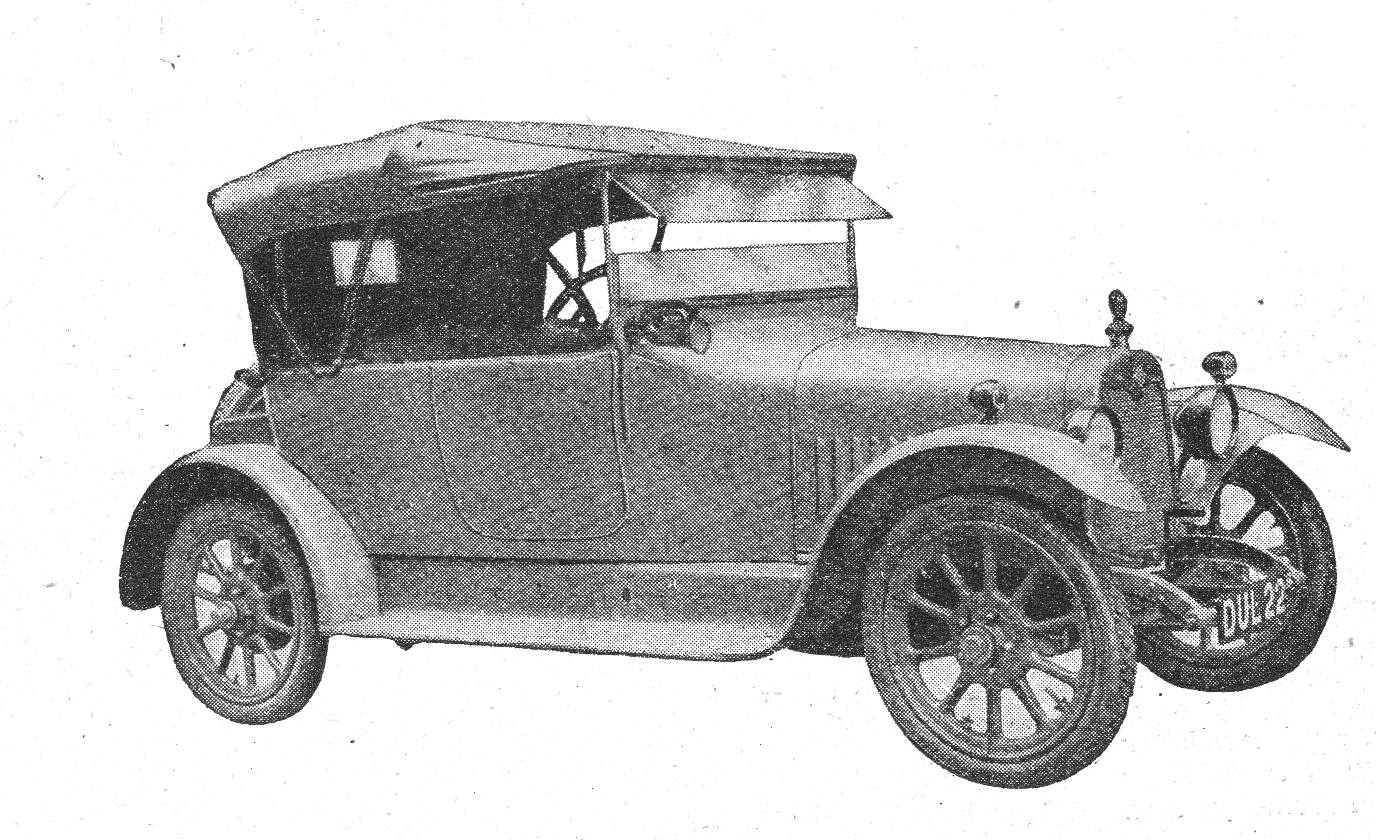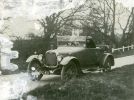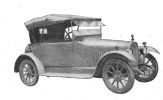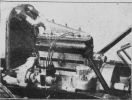
Arthur Alderson had worked for Singer prior to being engaged by Lea-Francis in 1919 to design their first car since 1903.
| Engine: | Lea-Francis 1,944cc |
| Wheelbase: | 9' |
| Track: | 4' 2" |
The directors had been divided at the end of the First World War as to the direction the company should take and a compromise was reached whereby they would continue with the production of motorcycles and bicycles and design a number of motor cars.
The car Alderson designed was, unlike the 1903 car, quite conventional. The engine, with a 69mm bore and 130mm stroke was built entirely by Lea-Francis. The head and block were a single unit with the side-valves accessible via duralumin valve-caps. A three-bearing crank was splash-lubricated and ran in an aluminium crankcase, which had circular covers to allow inspection of the big-ends – a feature the engine shared with the 1903 car. The engine drew fuel and air through a Zenith carburettor and ignition was by Bosch magneto. The engine drove a four-speed gearbox via a cone-clutch and then via a propshaft to a live rear-axle mounted, as was the front axle, on semi-elliptic springs. The wheels were of artillery type and fitted with 760x90 tyres.
Bodywork for the car was designed in-house by R H Lea, but built by Avon, starting a long association between Lea-Francis and this company. The cars carried, for the most part, a two-seater and dickey body. Finished to a high standard and attractive in appearance, the first car was completed for road testing in early 1920.
Reviewing the car, The Motor wrote on 27 October that year, “For the country motorist who requires an all-purpose car the Lea-Francis would be almost ideal.” Despite this accolade the car was not a success in terms of sales, possibly due to the competition from the cheaper and popular Austin 12 available at the time, but Lea-Francis’ lack of advertising certainly did not help. Although the company put into stores large quantities of parts and raw materials for the serious production of the 11.9hp car, it is believed only 6 were ever sold. Chassis no.7, registered DU 40 was kept at the works and used as a hack, latterly being fitted with a pick-up style body. It was used to tow new chassis assemblies to the local body builders and was used in this way until the demise of the company in the mid 1930s.
Sadly, none of the 11.9hp cars is believed to have survived.



